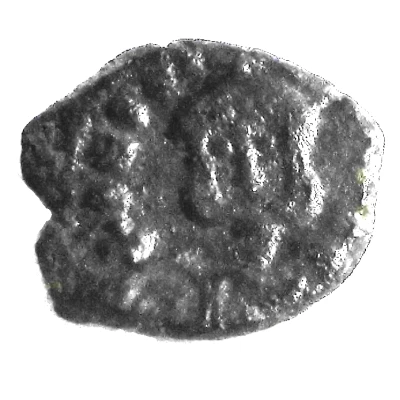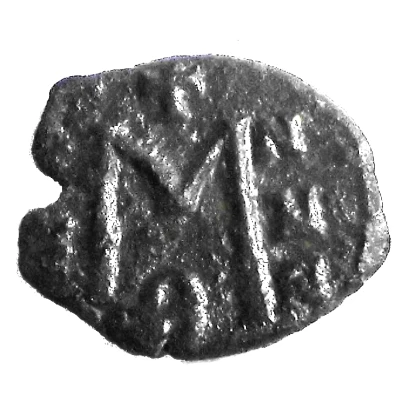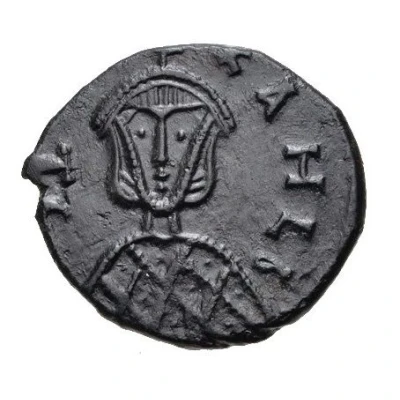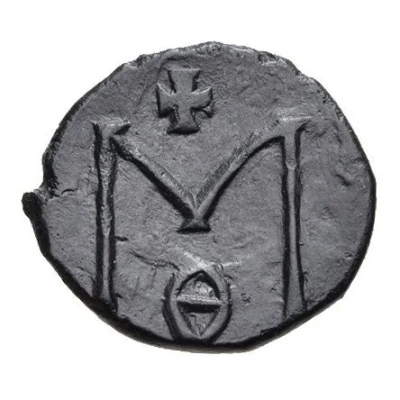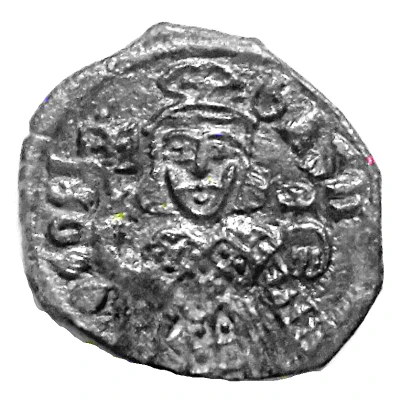
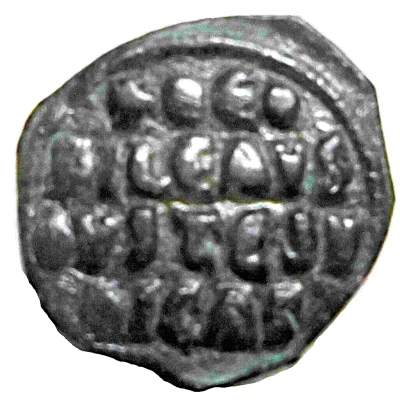

© James Holt
Follis - Theophilos ND
| Copper | 6.12 g | 25 mm |
| Issuer | Byzantine Empire (Byzantine states) |
|---|---|
| Emperor | Theophilos (829-842) |
| Type | Standard circulation coin |
| Years | 829-842 |
| Value | Follis (1⁄288) |
| Currency | Second Solidus Nomisma (720-1092) |
| Composition | Copper |
| Weight | 6.12 g |
| Diameter | 25 mm |
| Thickness | 2 mm |
| Shape | Round (irregular) |
| Technique | Hammered |
| Orientation | Coin alignment ↑↓ |
| Demonetized | Yes |
| Updated | 2024-10-04 |
| Numista | N#111115 |
|---|---|
| Rarity index | 88% |
Reverse
Lettering in four lines.
Lettering:
ThEO
FILE AVG
OVStE SV
nICAS
Translation: O Theophilus the August, may you all conquer.
Edge
Plain
Comment
Same as the Constantinopolitan follis BCV 1667 but coarser style and rougher workmanship.Interesting fact
The Follis coinage was introduced by Emperor Theophilos in 829 AD and was used until 842 AD. It was a significant change in the Byzantine Empire's currency system, as it replaced the previous solidus, which had been in use for over 400 years. The Follis was made of copper and had a lower purity than the solidus, but it was still considered a valuable coin and was widely used throughout the empire.
